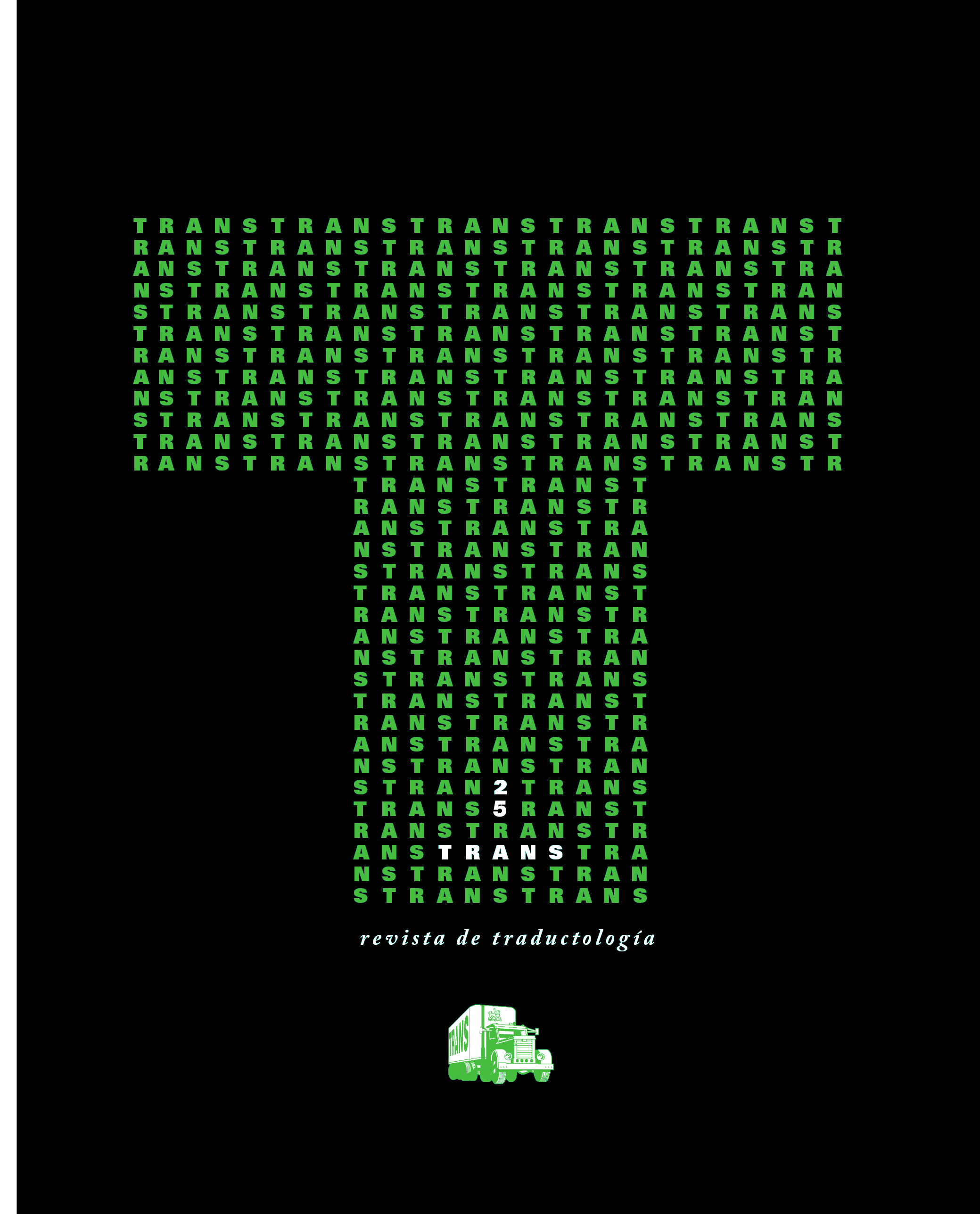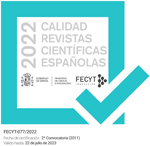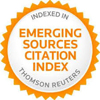El trasvase del multilingüismo y sus funciones en Handia
DOI:
https://doi.org/10.24310/TRANS.2021.v1i25.9965Palabras clave:
traducción audiovisual, multilingüismo, euskera, HandiaResumen
Esta contribución analiza la película Handia (2017), que emplea el euskera como lengua vehicular (L1) e incluye varias lenguas secundarias (L3), cada una con diferente presencia en el filme. El objetivo es conocer cómo se ha tratado el multilingüismo en diferentes versiones y si las funciones identificadas en el producto original (Tamayo y Manterola, 2019) se mantienen. Para ello, se analizan los procedimientos de traducción de las escenas multilingües en las versiones subtituladas al euskera, español e inglés, la versión con subtítulos para personas sordas en español y las versiones doblada y audiodescrita al español. El estudio de caso concluye que todas las versiones son multilingües pero se pierden algunas funcionalidades de la versión sin traducción extradiegética, tales como marcar la otredad, mostrar la identidad (y evolución) de los personajes y producir humor.
Descargas
Métricas
Publicación Facts
Perfil de revisores N/D
Información adicional autores
Indexado: {$indexList}
-
Indexado en
- Sociedad Académica/Grupo
- N/D
- Editora:
- Universidad de Málaga
Citas
CORRIUS, Montse y ZABALBEASCOA, Patrick (2011): «Language variation in source texts and their translations the case of L3 in film translation. Language variation in source texts and their translations», Target, 23/1, 113-130.
DE HIGES, Irene (2014): Estudio descriptivo y comparativo de la traducción de filmes plurilingües: el caso del cine británico de migración y diáspora (Tesis doctoral), Castellón: Universitat Jaume I. Recuperado de https://www.tdx.cat/handle/10803/144753 [Fecha de consulta: 9 octubre de 2018].
DELABASTITA, Dirk y Rainier GRUTMAN (2005): «Introduction. Fictional representations of multilingualism and translation», en Dirk DELABASTITA y Rainier GRUTMAN (eds.), Fictionalising translation and multilingualism, LANS-TTS, 4, 11–34.
FUENTES, Adrián (2001): «Estudio empírico sobre la recepción del humor audiovisual», en Lourdes LORENZO y Ana María PEREIRA (eds.), Traducción subordinada (II): El subtitulado, Vigo: Publicacións da Universidade de Vigo, 69-84.
MANTEROLA, Elizabete (2019): «Evolución del cine en euskera y su traducción». Monti, Special Issue, 4, 113-144. doi:10.6035/MonTI.2019.ne4.4.
MARTINEZ SIERRA, Juan José (2004): Estudio descriptivo y discursivo de la traducción del humor en textos audiovisuales. el caso de los Simpson (Tesis doctoral), Castellón: Universitat Jaume I. Recuperado de https://www.tdx.cat/bitstream/handle/10803/10566/martinez.pdf [Fecha de consulta: 15 de julio de 2020].
ROMERO-FRESCO, Pablo (2019): Accessible Filmmaking: Integrating translation and accessibility into the filmmaking process, London: Routledge.
ROMERO FRESCO, Pablo (2020): «The accessible filmmaker and the global film», en Mabel RICHART-MARSET y Francesca CALAMITA (eds.), Traducción y Accesibilidad en los medios de comunicación: de la teoría a la práctica / Translation and Media Accessibility: from Theory to Practice. MonTI, 12, 381-417.
TAMAYO, Ana y Elizabete MANTEROLA (2019): «La creación, la traducción y el tratamiento lingüístico en Handia», Hikma, 18/1, 283-314. Doi: https://doi.org/10.21071/hikma.v18i1.11407.
ZABALBEASCOA, Patrick (2012): «Translating Heterolingual Audiovisual Humor: Beyond the Blinkers of Traditional Thinking», en Javier MUÑOZ-BASOLS, Catarina FOUTO, Laura SOLER GONZÁLEZ and Tyler FISHER (eds.), The Limits of Literary Translation, Kassel: Edition Reichenberger, 317-338.
Publicado
Cómo citar
Número
Sección
Licencia
Todos los contenidos publicados en TRANS. Revista de Traductología están sujetos a la licencia Creative Commons Reconocimento-NoComercia-Compartirigual 4.0 cuyo texto completo puede consultar en <http://creativecommons.org/licenses/by-nc-sa/4.0>
Se pueden copiar, usar, difundir, transmitir y exponer públicamente, siempre que:
- Se cite la autoría y la fuente original de su publicación (revista, editorial y URL de la obra).
- No se usen para fines comerciales.
- Se mencione la existencia y especificaciones de esta licencia de uso.
- Compartir Igual — Si remezcla, transforma o construye sobre el material, debe distribuir sus contribuciones bajo la misma licencia que el original.
Los derechos de autor son de dos clases: morales y patrimoniales. Los derechos morales son prerrogativas perpetuas, irrenunciables, intransferibles, inalienables, inembargables e imprescriptibles. De acuerdo con la legislación de derechos de autor, TRANS. Revista de Traductología reconoce y respeta el derecho moral de los autores/as, así como la titularidad del derecho patrimonial, el cual será cedido a la Universidad de Málaga para su difusión en acceso abierto. Los derechos patrimoniales, se refieren a los beneficios que se obtienen por el uso o divulgación de las obras. TRANS. Revista de Traductología se publica en open access y queda autorizada en exclusiva para realizar u autorizar por cualquier medio el uso, distribución, divulgación, reproducción, adaptación, traducción o transformación de la obra.
Es responsabilidad de los autores/as obtener los permisos necesarios de las imágenes que están sujetas a derechos de autor.
Los autores/as cuyas contribuciones sean aceptadas para su publicación en esta revista conservarán el derecho no exclusivo de utilizar sus
contribuciones con fines académicos, de investigación y educativos, incluyendo el auto-archivo o depósito en repositorios de acceso abierto de cualquier tipo.













21.png)
